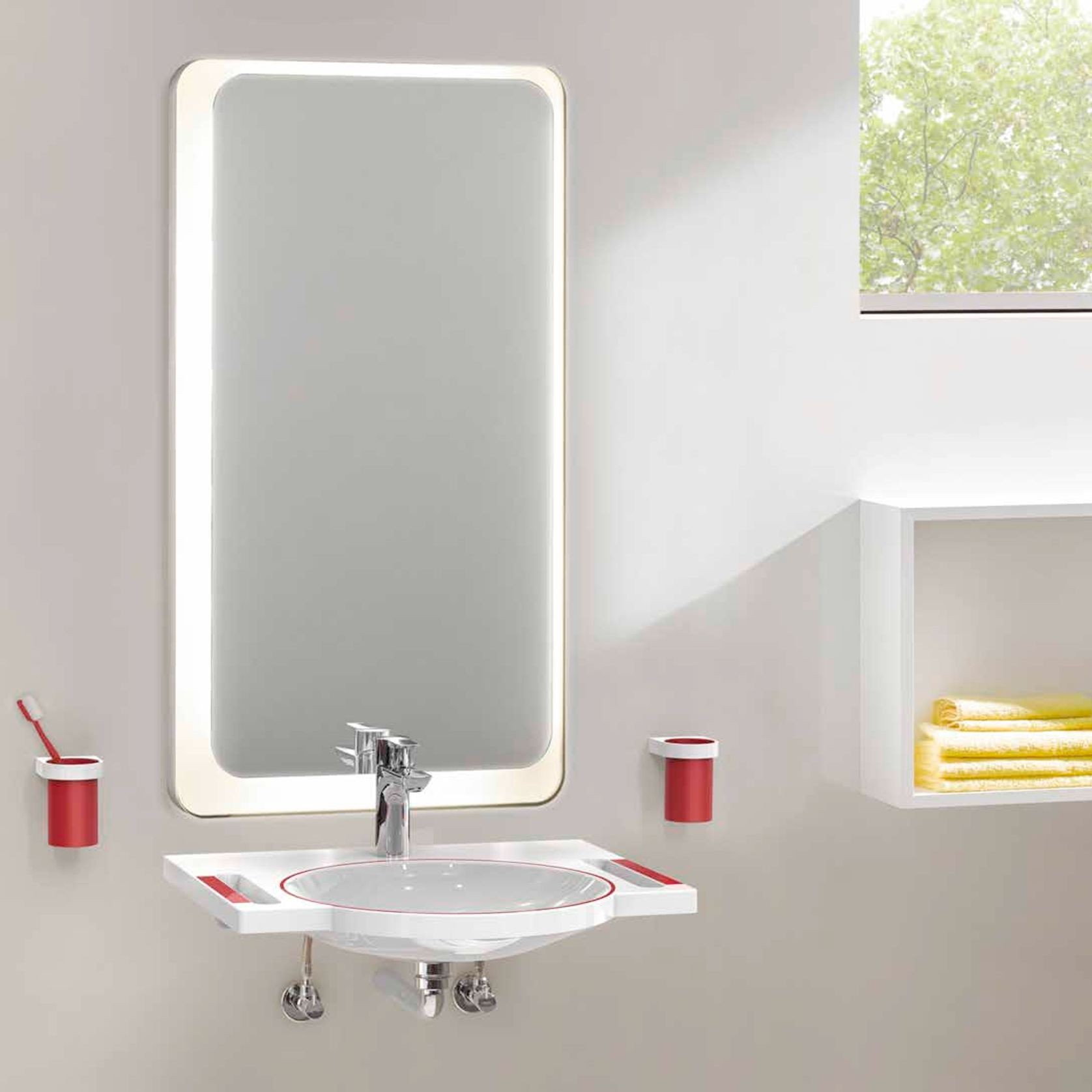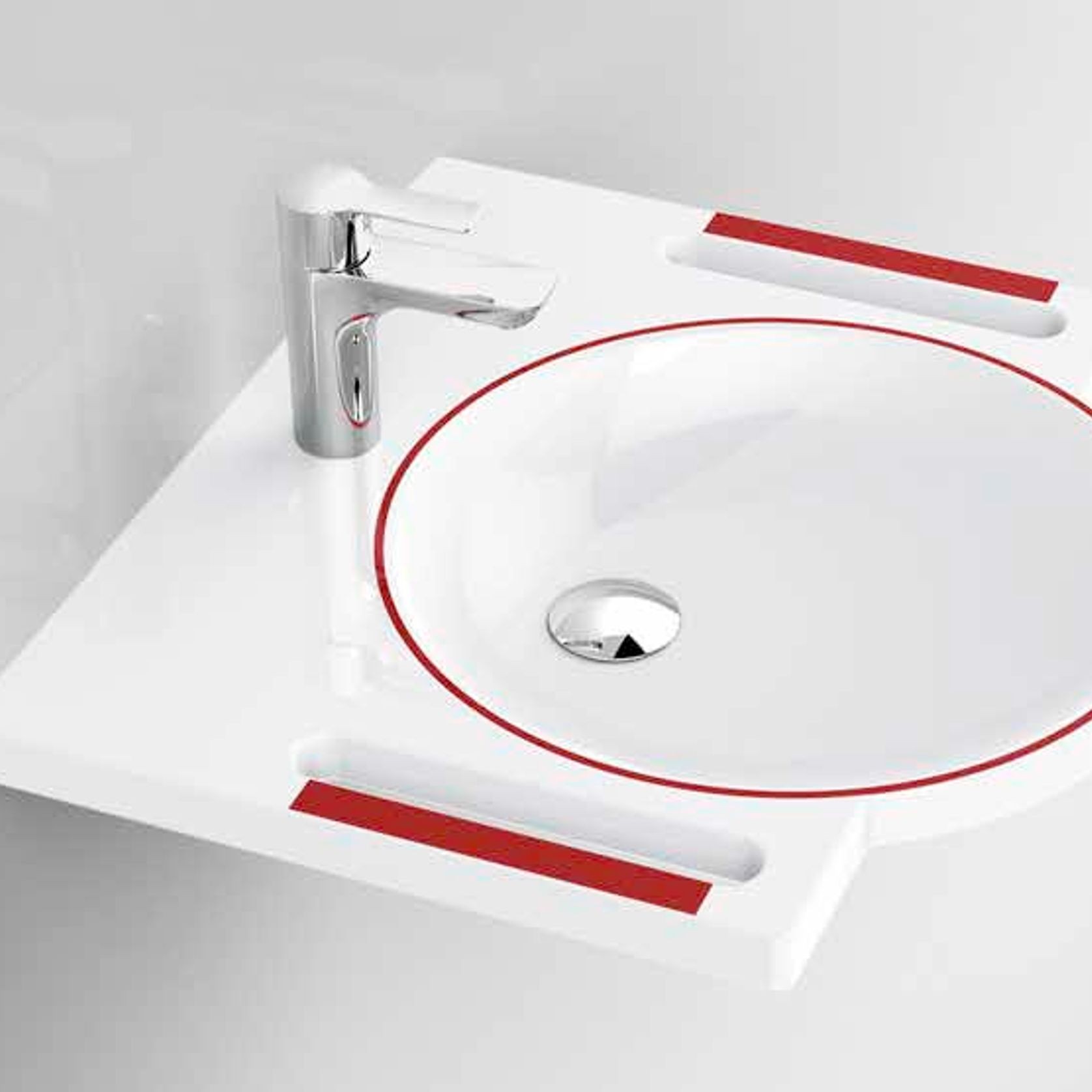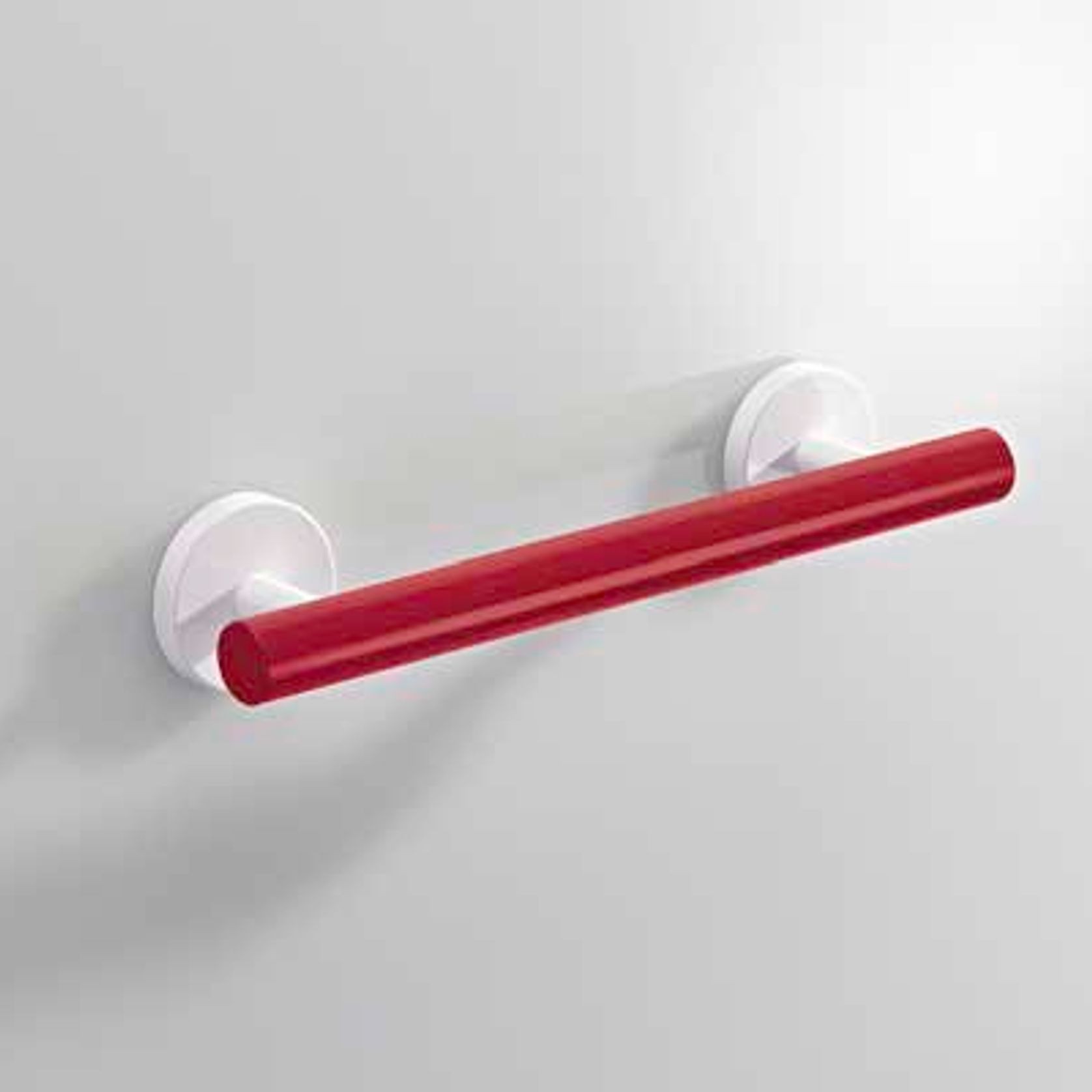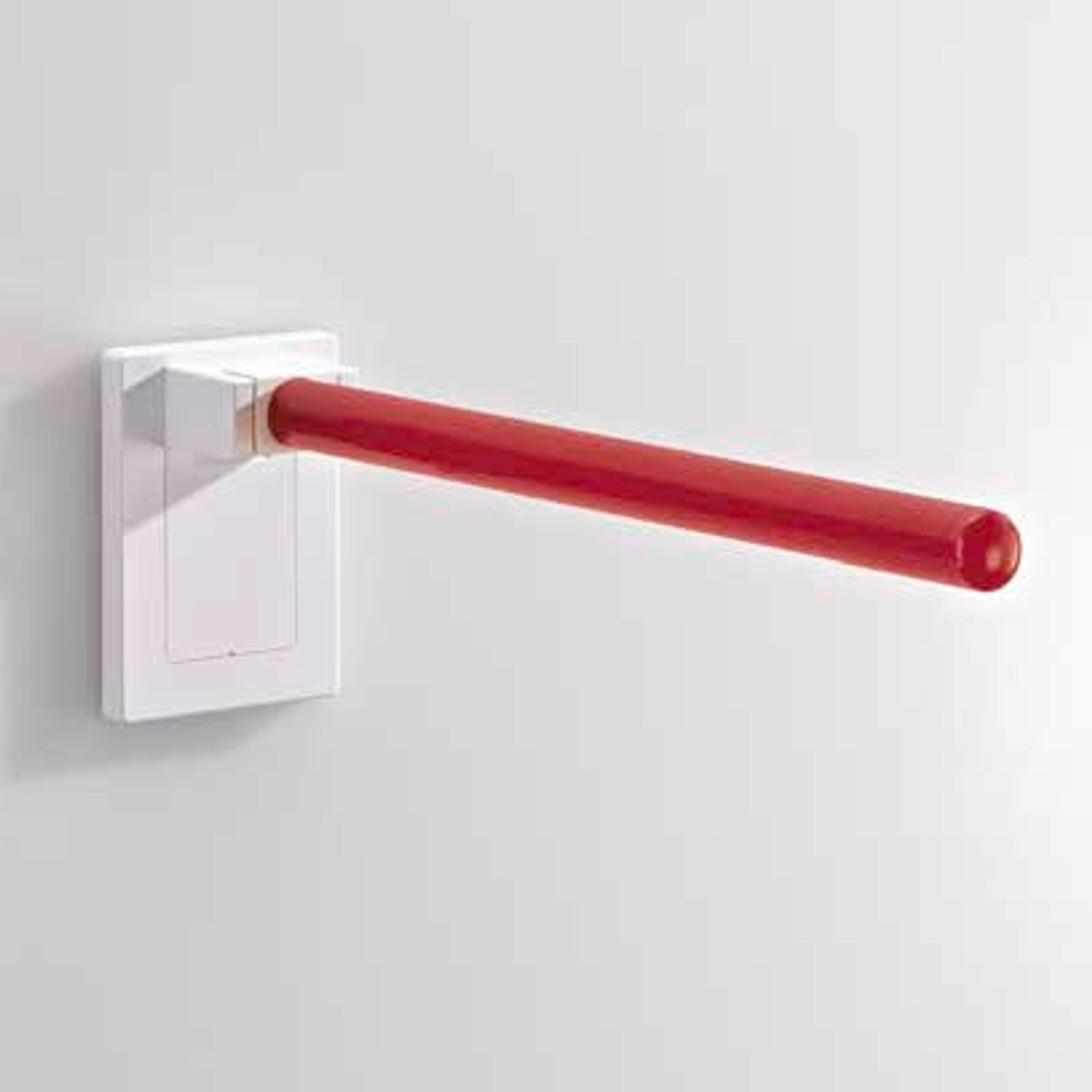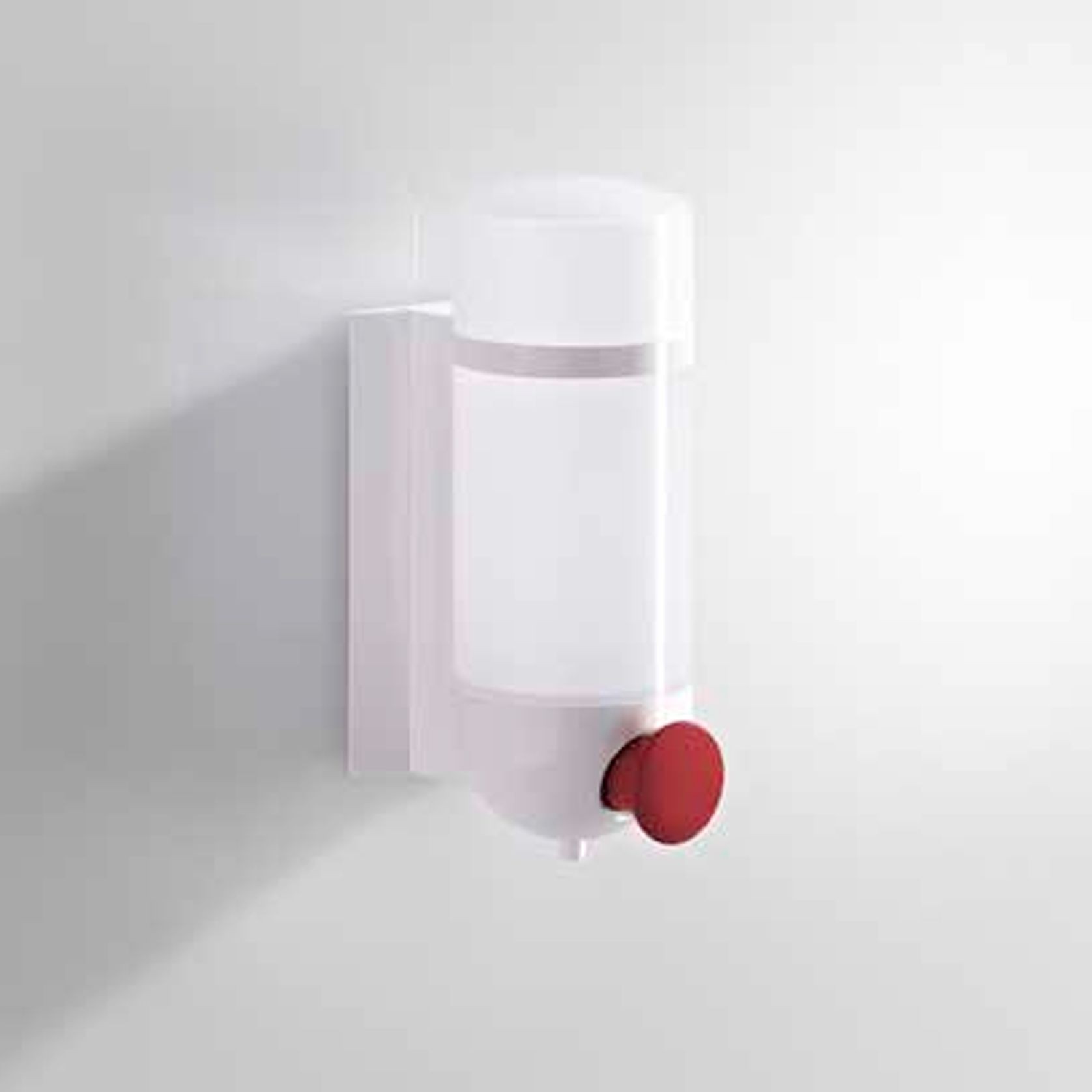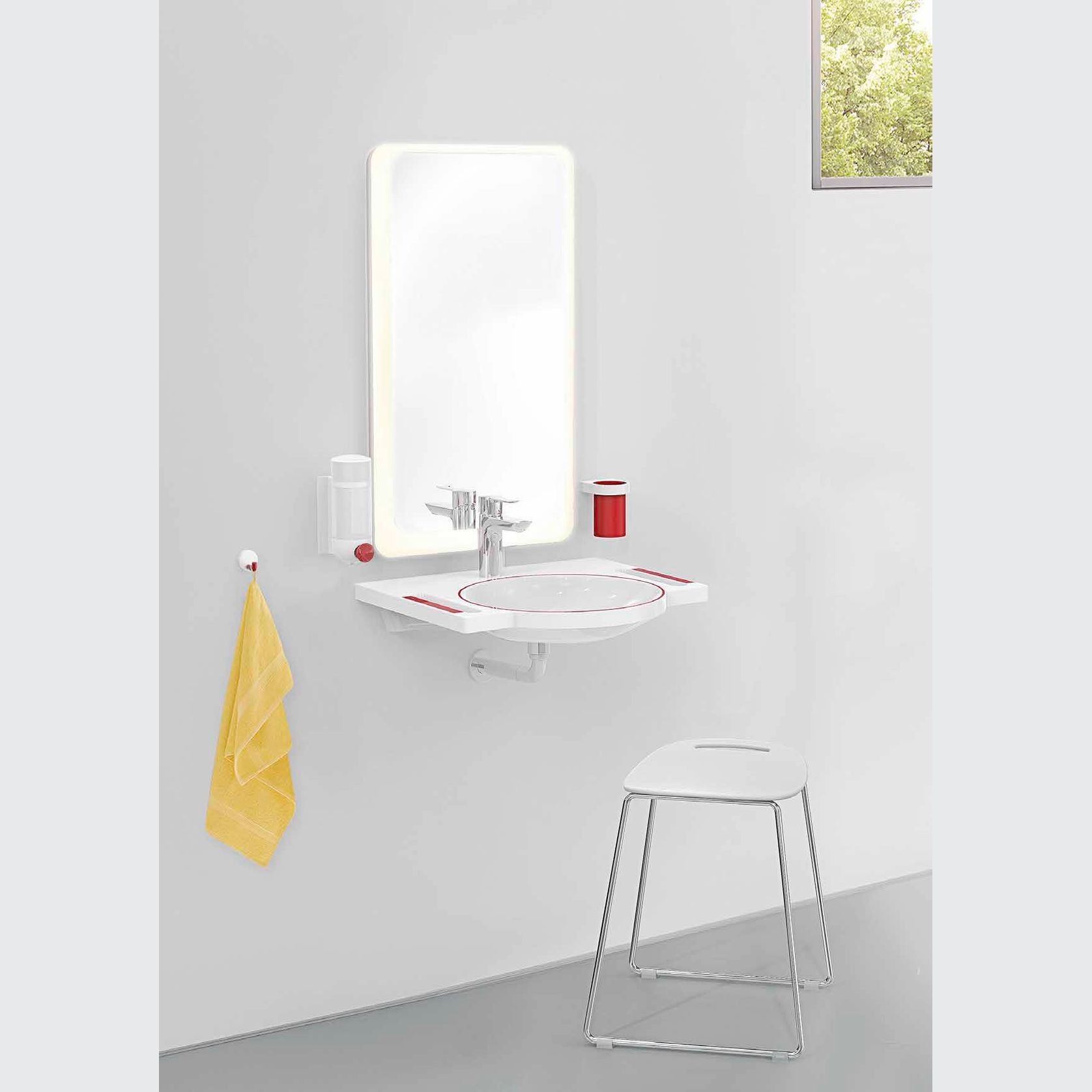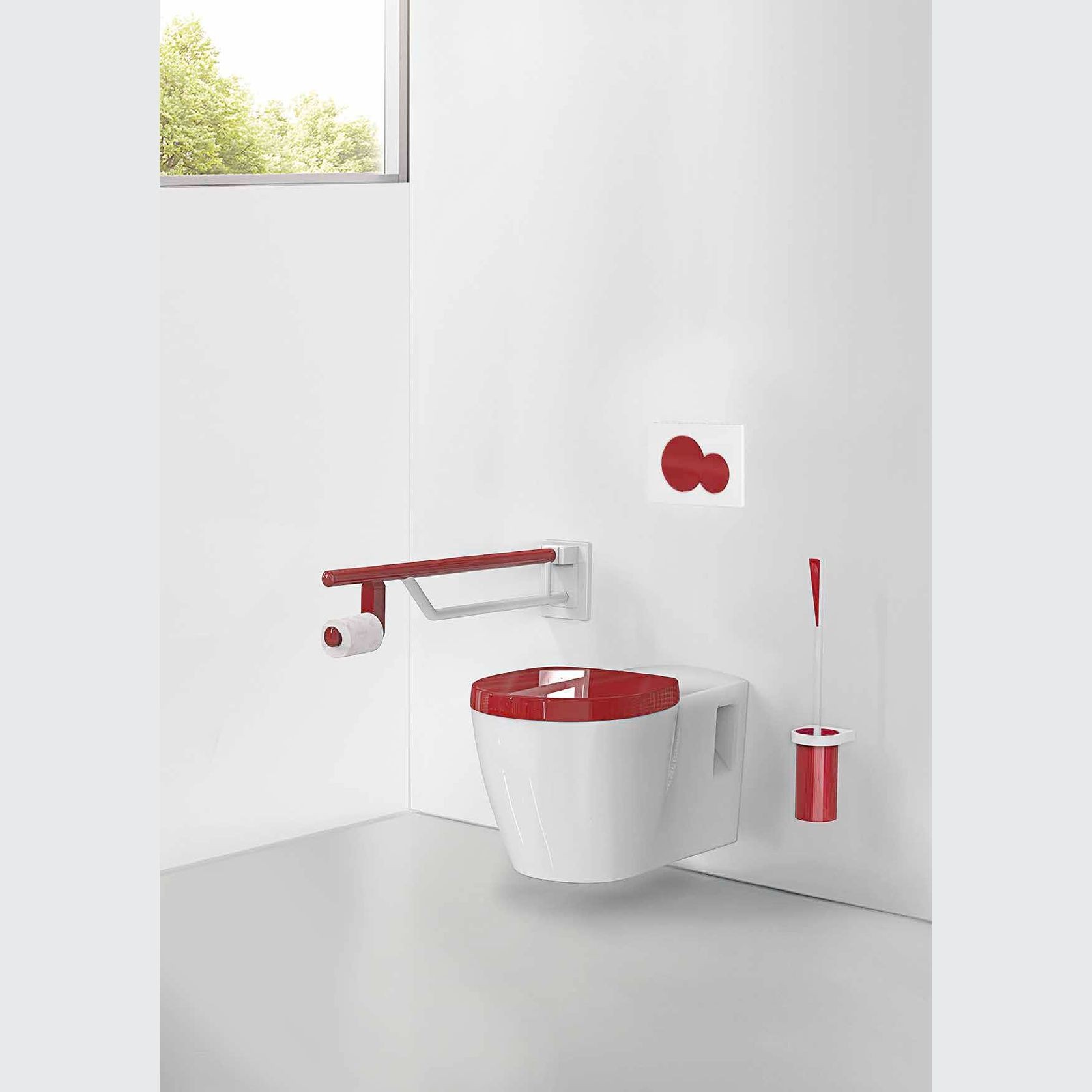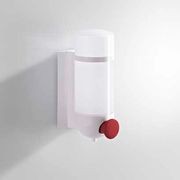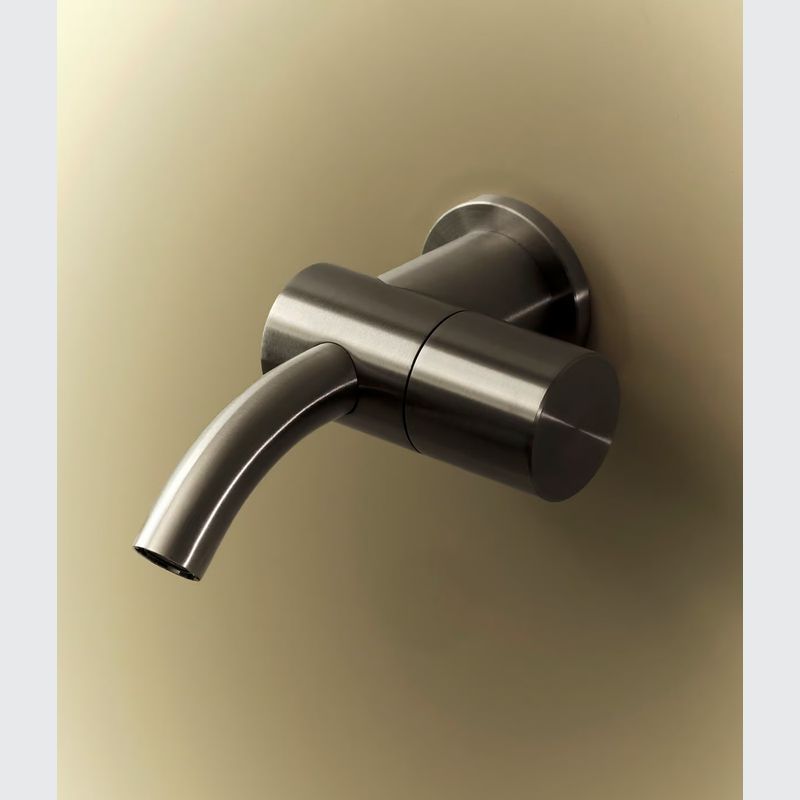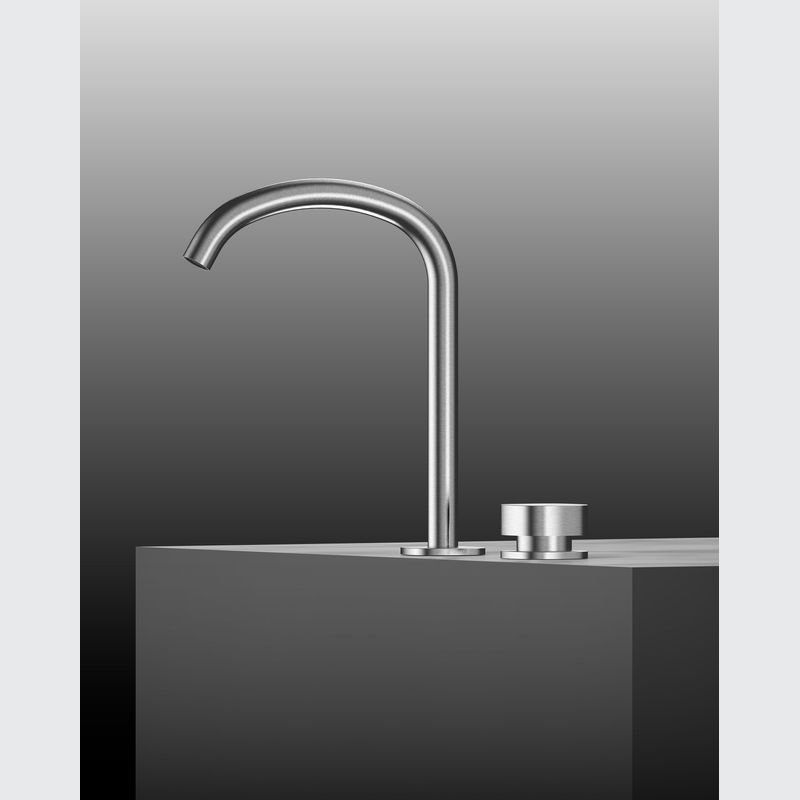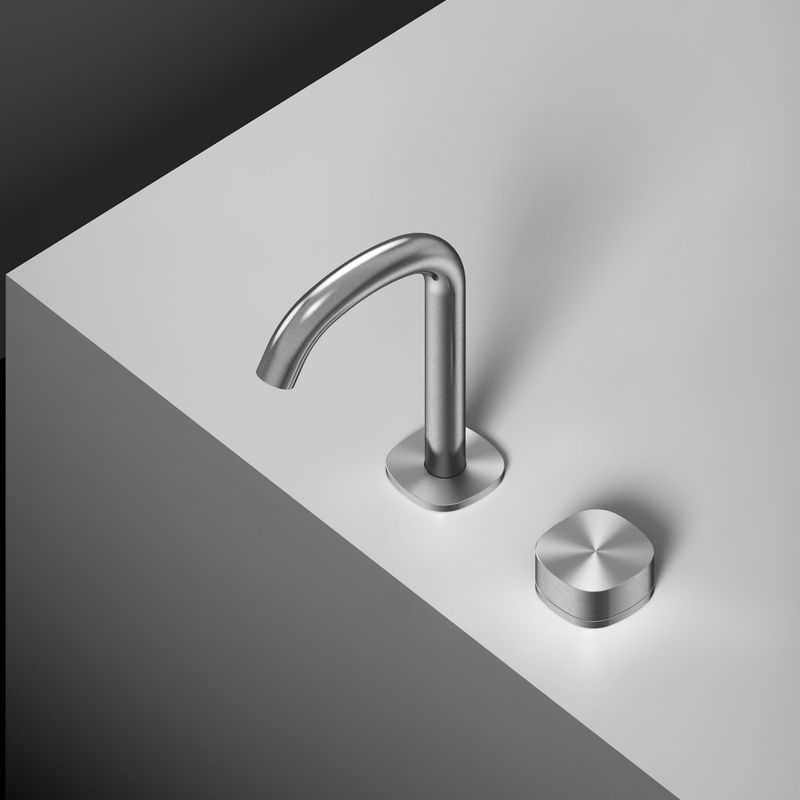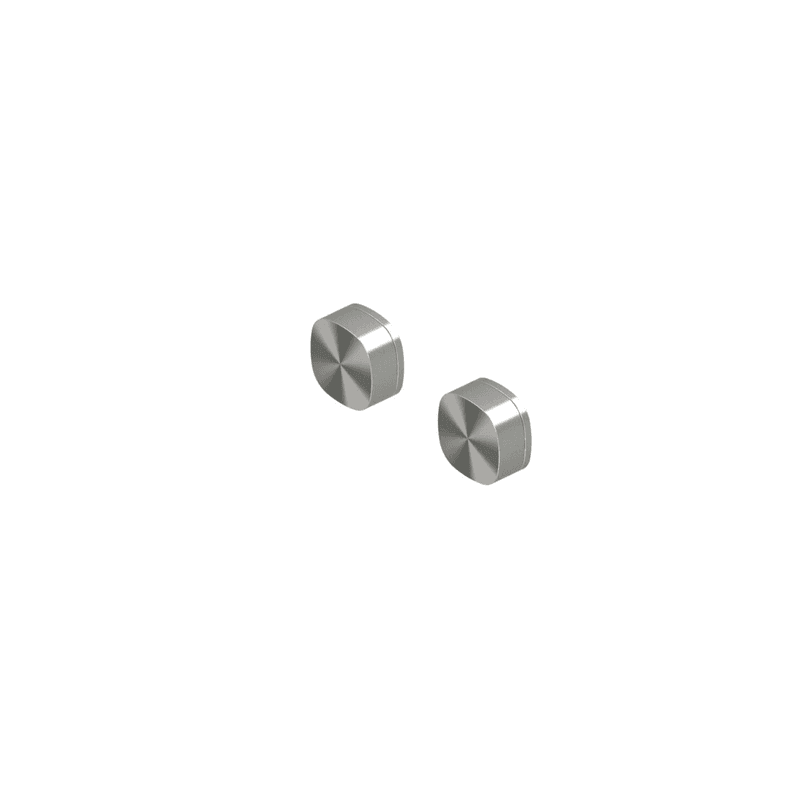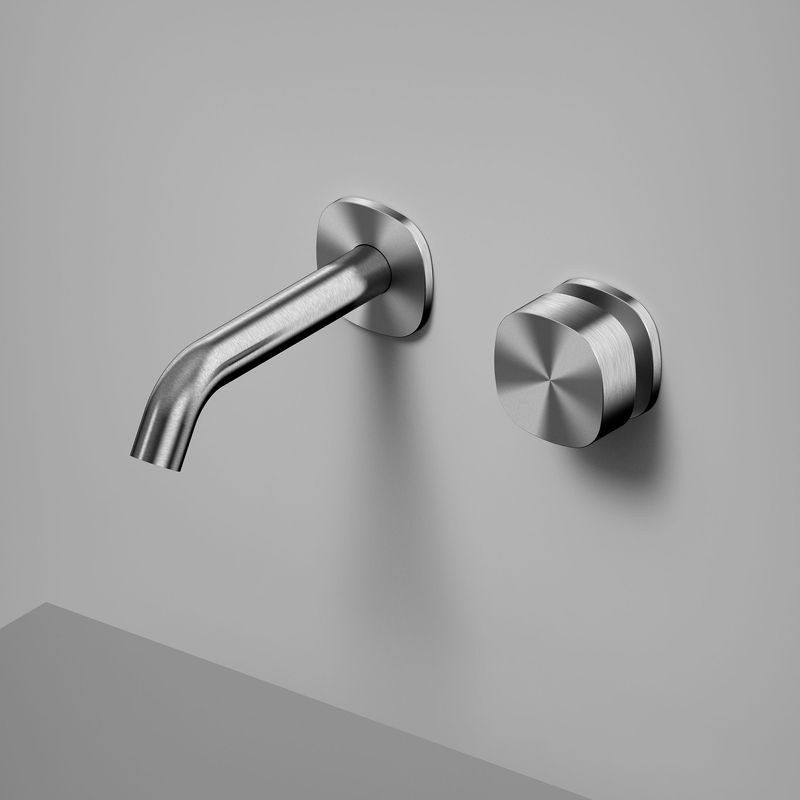HEWI - Dementia Sensitive Design
SA Plumbing Supply- CategoryBathroom, Bathroom Accessibility, Bathroom Shelves, Bathroom Mirrors, Robe Hooks
More from SA Plumbing Supply
About the
Seller
Established in 1951 as manufacturer representatives, this third-generation family-owned company has a continuing policy of representing specialist manufacturers of quality products for the plumbing and marine industries. SA Plumbing Supply's parent company - Shipwright Agencies Ltd - experienced the marine sector weakening toward the end of the 1990s and thus diversified into the plumbing sector, specialising in niche products that were a point of difference from the norm.
In early 2014, Shipwright Agencies Ltd created a new brand - SA Plumbing Supply Ltd - to convey a name that had greater relevance to the plumbing industry. We are a small boutique company where you receive personalised service that goes the extra mile to get the best products without paying for an arm and a leg.
Quadro (Italy) was the first brand onboard during the Shipwright Agencies era in early 2000, specialising in stainless steel tapware with highly architectural origins and is Green to boot.
Over the years, SA Plumbing Supply has sourced quality European brands to introduce to the New Zealand market. Director Sean Paterson regularly travels to European Trade Shows, such as Salone del Mobile in Milan and ISH in Frankfurt, to ensure SA Plumbing Supply is at the forefront of leading product procurement.
In 2015, SA Plumbing Supply began marketing Goman (Italy) as a specialist supplier of accessible bathroom products that changed the perception of the disability market (accessible doesn't need to be ugly). Subsequently 2017, Hewi (Germany) increased the market share of highly architectural accessible products by introducing the System 900 range, which has set the standard for Hotels and luxury homes.
2018 saw the introduction of the Cinier range of Olycal Stone Radiators and LED Lighting. Cinier's Olycal Stone Radiators serve a functional purpose and double as art and lighting.
Following the ISH Trade Show of 2019, SA Plumbing Supply became the NZ distributor for EverLife Design (Italy) and Pellet (France). EverLife Design, in particular, has been well-received for its original concepts and simple lines.
In the winter of 2019, the Universal & Accessible Bathroom Design brand was created to address the bigger picture of Universal Design in the home. This showcases the best of all brands and looks for any budget.
- ArchiPro Member since2019
- More information

